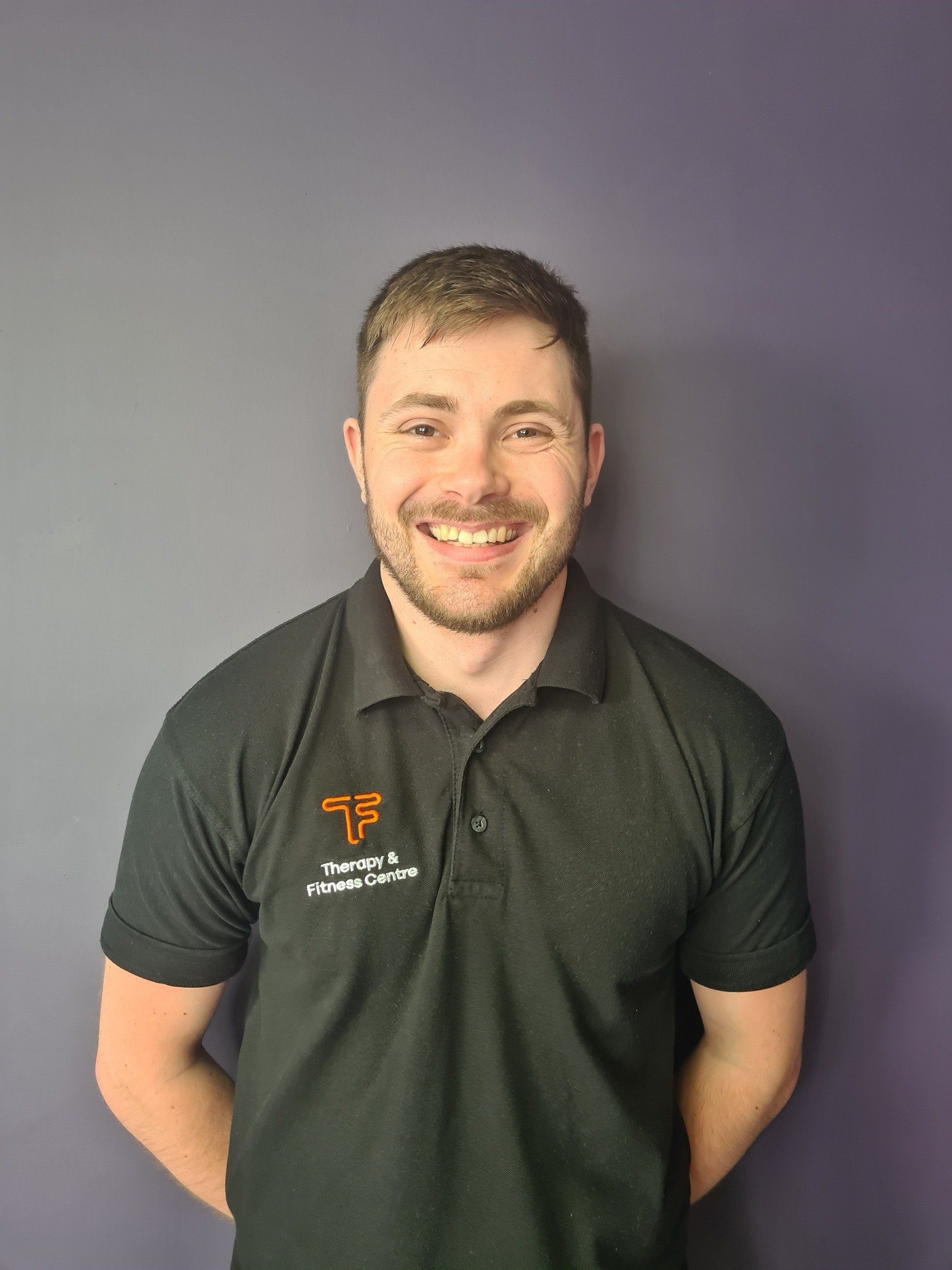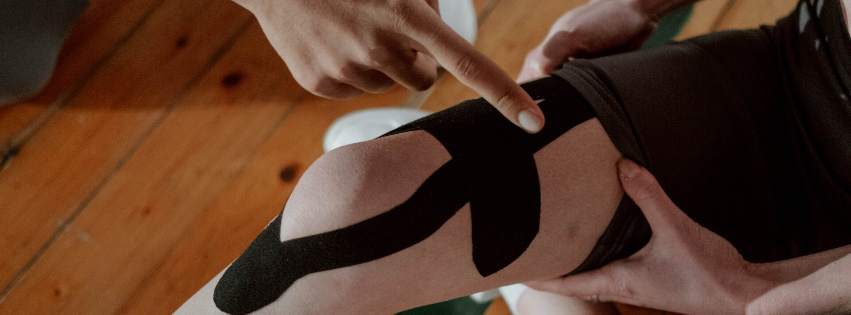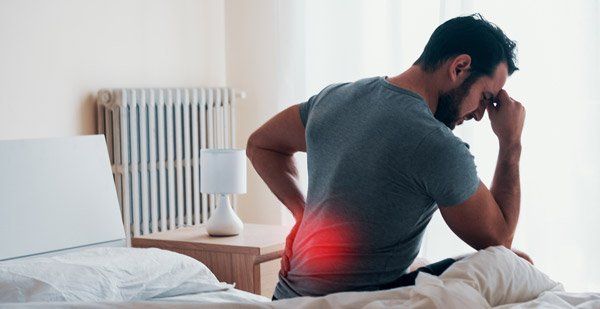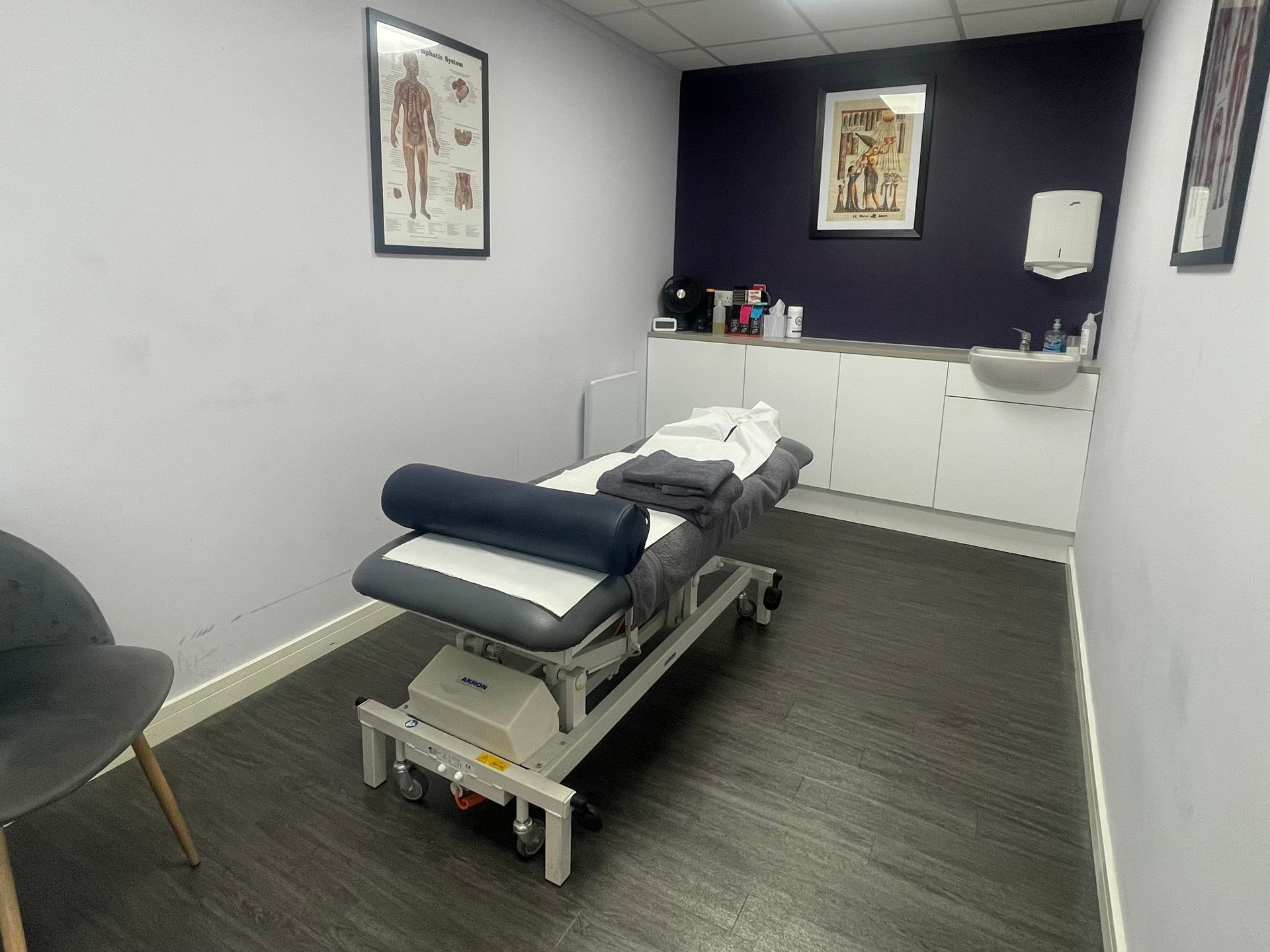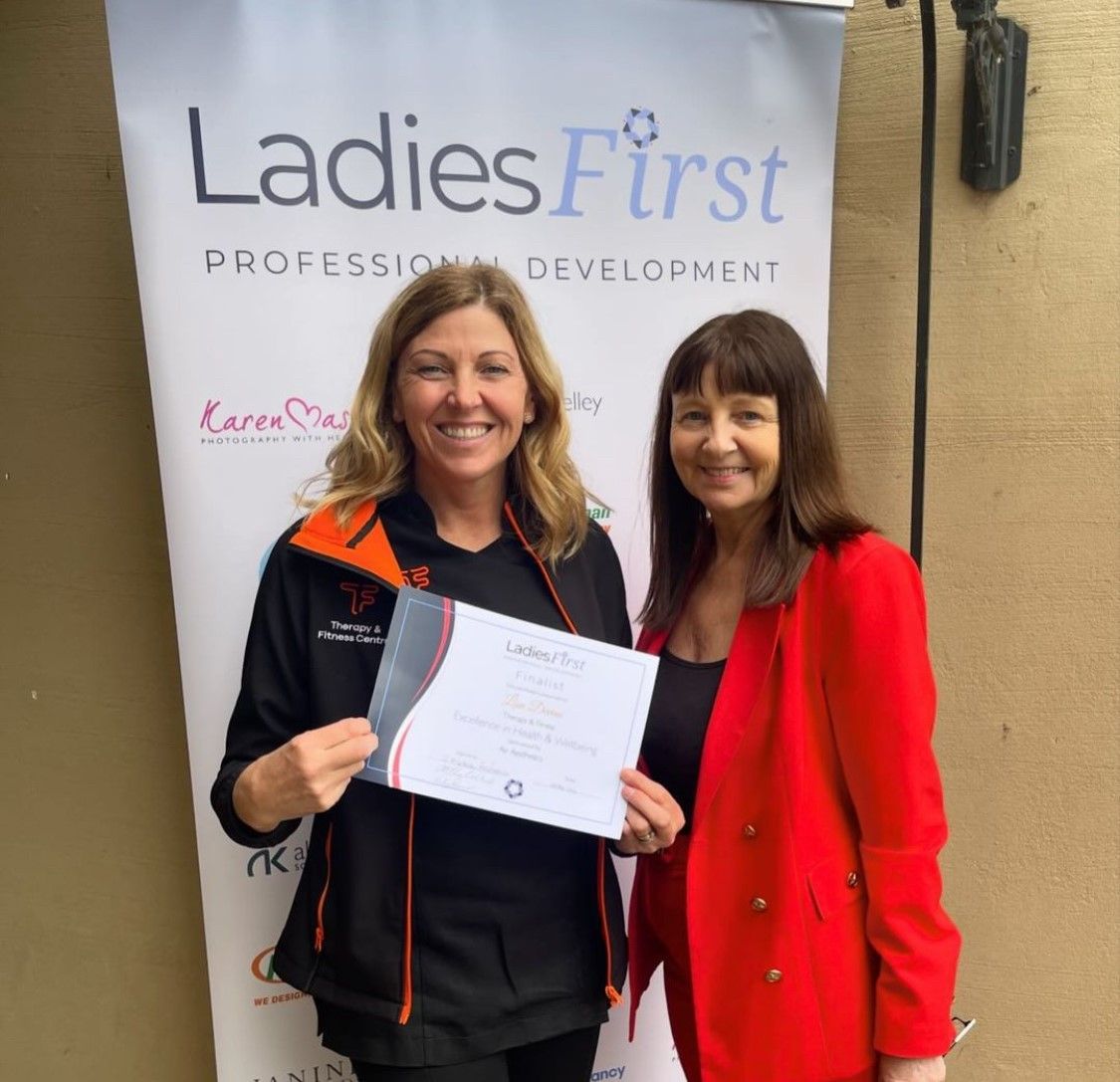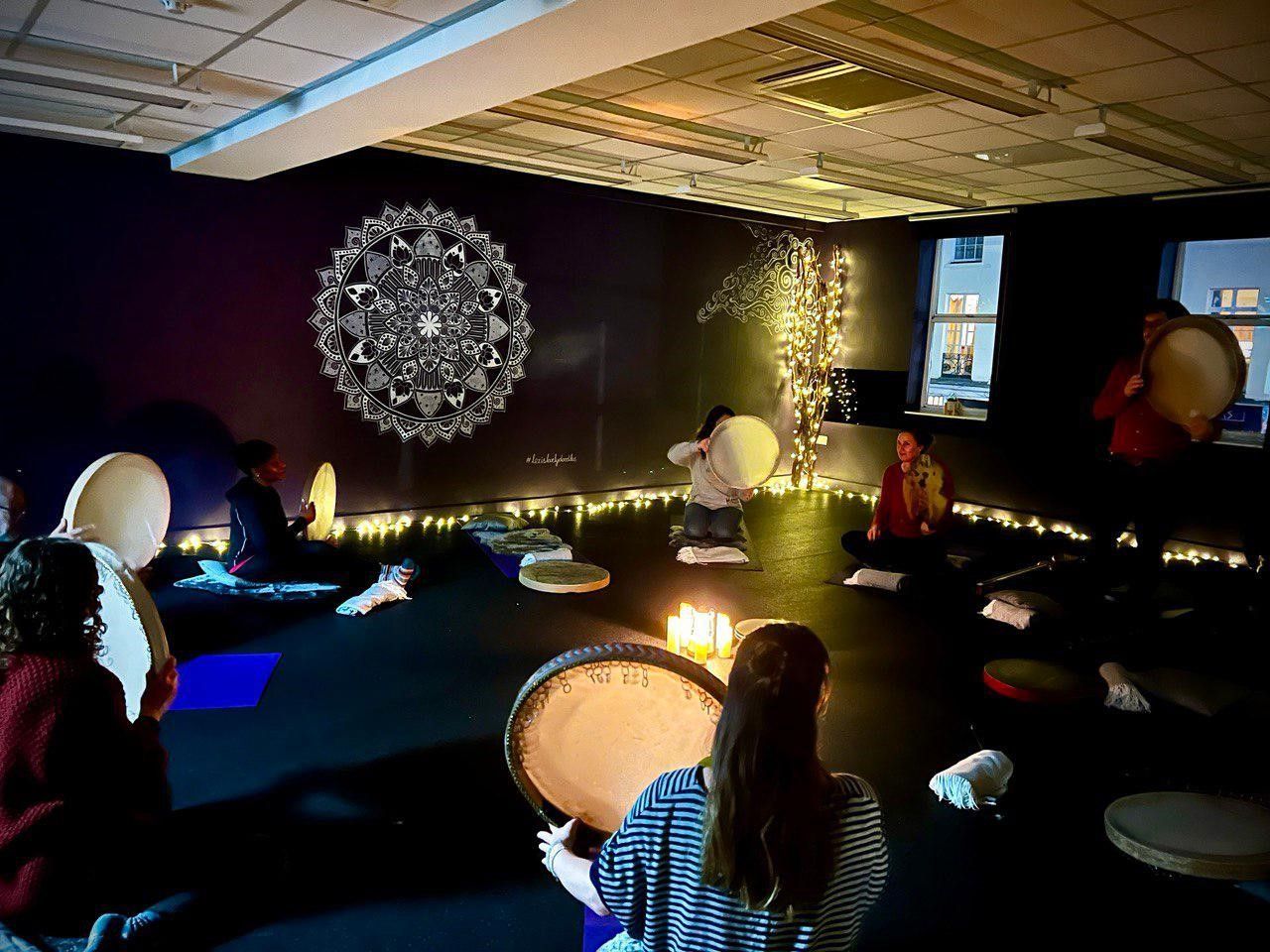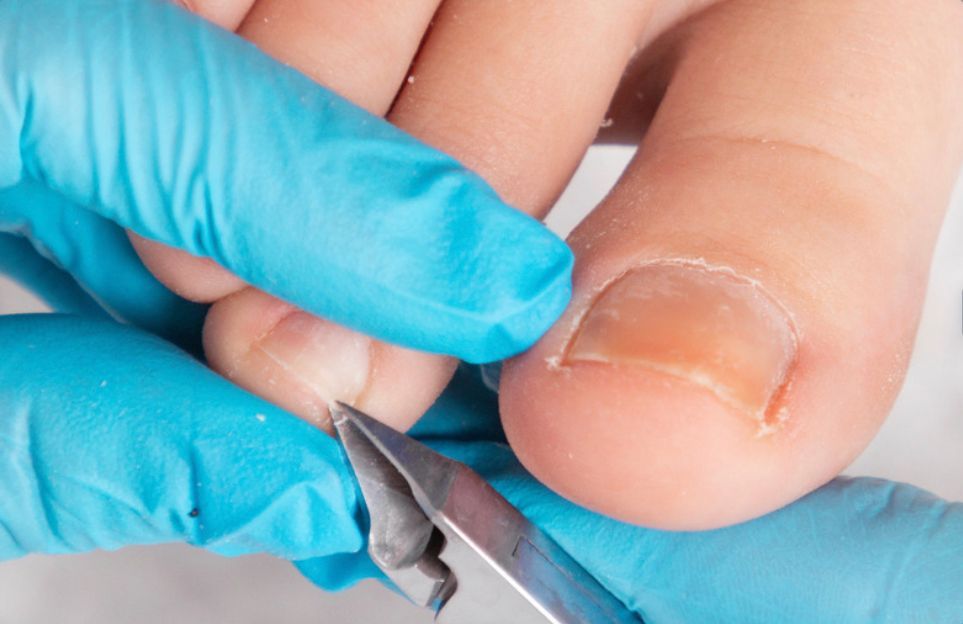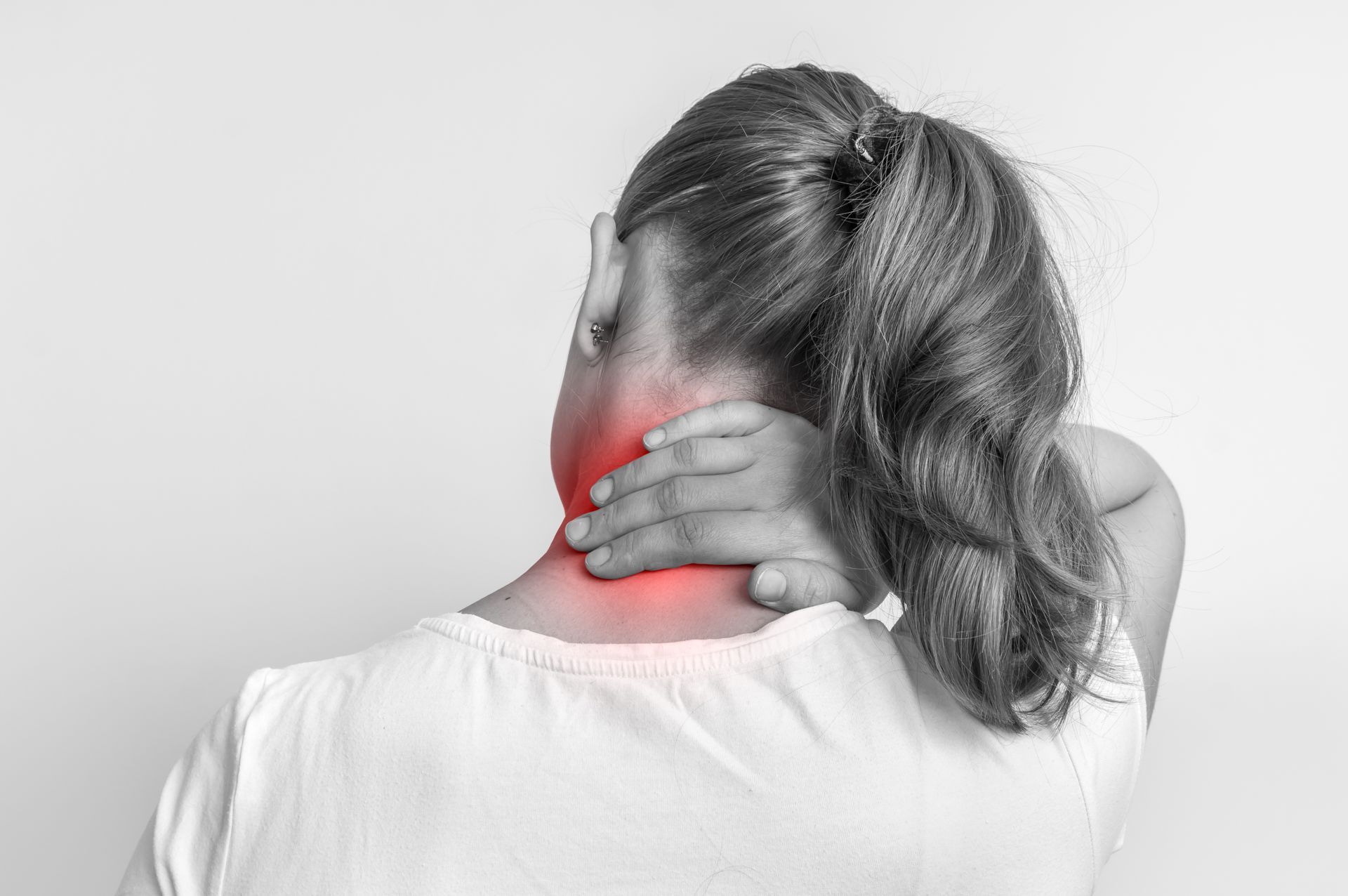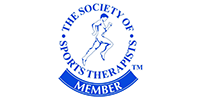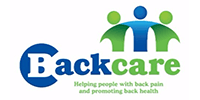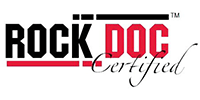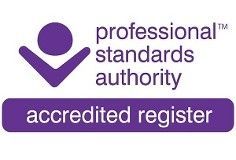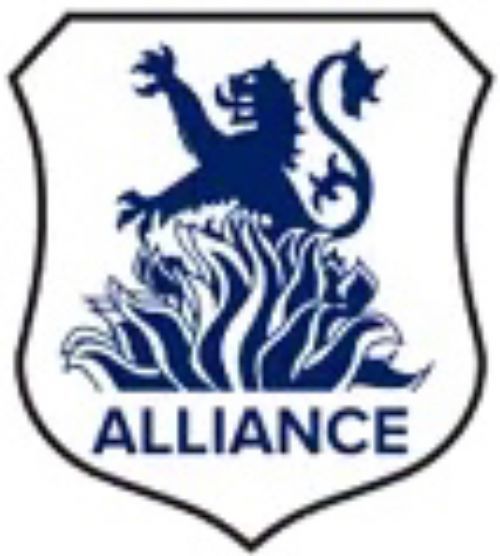What is Anterior Knee Pain?
Anterior knee pain is
pain that occurs at the front and centre of the knee. The pain begins when the kneecap does not move properly and rubs against the lower part of the thigh bone.
This may occur because:
- The kneecap is in an abnormal position (also called poor alignment of the patellofemoral joint).
- There is tightness or weakness of the muscles on the front and back of your thigh.
- You are doing too much activity that places extra stress on the kneecap (such as running, jumping or twisting, skiing, or playing soccer).
- Your muscles are not balanced and your core muscles maybe weaker.
- The groove in the thighbone where the kneecap normally rests is too shallow.
- You have flat feet.
- You have arthritis. Pain on the front of the knee can also occur from changes within the knee joint as you get older, commonly referred to as 'wear and tear'. This will often cause discomfort when performing daily activities and restrict the ability to bend and/or straighten the knee.
Anterior knee pain is more common in:
- People who are overweight
- People who have had a dislocation, fracture, or other injury to the kneecap
- Runners, jumpers, skiers, bicyclists, and soccer players who exercise often
What are the symptoms of the anterior knee pain?
Anterior knee pain is a dull, aching pain that is most often felt:
- Behind the kneecap (patella)
- Below the kneecap
- On the sides of the kneecap
One common symptom is a grating or grinding feeling when the knee is flexed (when the ankle is brought closer to the back of the thigh).
Symptoms may be more noticeable with:
- Deep knee bends
- Going down stairs
- Running downhill
- Standing up after sitting for awhile
What to expect from anterior knee pain assessment?
- The Sports Therapist will perform a physical examination. Looking for any tenderness or mild swelling around the knee. Also, looking into the alignment of the kneecap with a thigh bone.
- Looking for any symptoms when you flex your knee, as you may feel a grinding feeling below the kneecap. Pressing the kneecap when the knee is straightening out and checking if it is any painful.
- Your Sports Therapist may want you to do a single leg squat to look at muscle imbalance and your core stability.
- X-ray referrals are very often normal. However, a special x-ray view of the kneecap may show signs of arthritis or tilting.
- MRI scans are rarely needed.
How do we treat anterior knee pain?
Anterior knee pain is treated with rehabilitation exercises, home advice and modifications in activity that may be aggravating symptoms. Sports Therapist will assess the knee and put together a rehabilitation plan that is best suited to the individual.
What is Sciatica?
Sciatica refers to pain that radiates along the path of the sciatic nerve, which branches from your lower back through your hips and buttocks and down each leg, sometimes all the way into your foot. Typically, sciatica affects only one side of your body.
What does sciatica pain feel like?
Sciatica pain can vary widely. It may feel like a mild tingling, dull ache, or burning sensation. In some cases, the pain is severe enough to make a person unable to move. The pain most often occurs on one side.
What are the common symptoms of sciatica?
- Sharp pain that travels down the back of the leg
- Numbness and/or burning
- Pins and needles type of sensation
- Tingling and/or sharp nerve like pain when walking or sitting/standing for long periods of time
What are the most common causes of sciatica?
The cause of sciatica varies depending on whether there was a specific incident that caused the nerve pain or whether it has started to appear overtime. However, these are the most common causes of sciatica:
- Bulging disc
– Discs sit within your spine in-between each vertebra and act as shock absorbers. These discs can become thinner and weaker as we age, which can cause a bulge to occur. If this bulge pokes outwards and presses on a nerve, it can cause symptoms into the leg
- Arthritic changes to the spine – Commonly known as ‘wear and tear’ the space between the vertebra can lessen over time, causing a narrowing of space between the vertebra and press on a nerve
- Muscular tightness – If you have muscle tightness in your hip or buttock area, this can cause nerve compression and nerve symptoms into the leg
What are the do's and don'ts for sciatica nerve pain?
It is highly advised to stay active and continue your day to day activities. Staying inactive and bed rest may actually worsen the symptoms and delay the recovery. Only avoid activities that worsen the pain. Over the counter medications such as Tylenol and Ibuprofen may help provide pain relief and reduce inflammation.
How is sciatica usually treated?
Treatment usually involves a combination of hands-on therapy such as sports massage, home advice, activity modification and exercise therapy. Sports Therapist can perform an assessment and devise a treatment plan. Sciatica usually recovers gradually when treated. In less common cases, a referral may be made for further investigation.
What is Achilles Tendinopathy?
Achilles tendinopathy is an injury to the band of tissue (tendon) that connects the muscles in your lower leg to your heel bone. You may get pain, stiffness and sometimes swelling around your heel. It's a common injury, especially if you're very active or do lots of sports.
What are the common symptoms of Achilles Tendinopathy?
- Pain and stiffness along the Achilles tendon in the morning
- Pain along the tendon or the back of the heel that worsens with activity
- Severe pain the day after exercising
- Thickening of the tendon
What causes Achilles Tendinopathy?
The main cause of this injury is a sudden increase in activity levels or overloading. For example, if a person usually runs 2 miles each day but suddenly increases this to 5 miles each day, this can cause symptoms to start
How do we treat Achilles Tendinopathy?
Exercise therapy is the best approach for this injury. People will often completely rest to reduce their symptoms. However, the symptoms will often return once you start being physically active again. Therefore, modifying activity levels and slowly adapting progressions to specific rehab exercises is the best approach for this injury. It is recommended to have a sports therapist supervision that will monitor your rehab progress. A mild discomfort during certain movements or rehabilitation exercises is common in the early stage. Other methods like kinesiology taping and ultrasound might also be helpful in reducing symptoms during recovery process.

